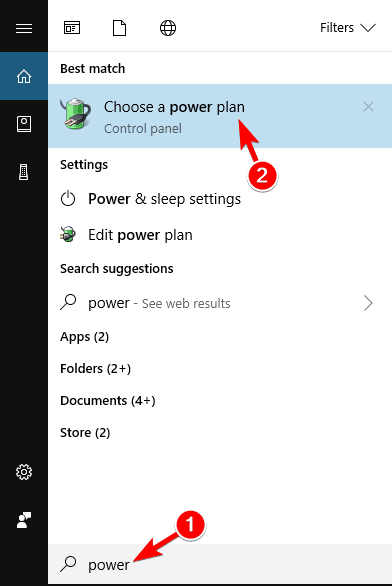

Either way, the ideal is one agent on each system that serves a role in asset tracking, software updates, vulnerability assessment and policy enforcement.
#NUPS PATCHER WONT START PATCH#
This could be an asset management product that provides patch management functionality or a patch management product that has branched out to asset/configuration management.

In the end, the focus will be on controlling the agent that runs on the computer. How can you effectively push patches to systems when you never know when they will be online? Even the strongest advocates of agent-free patch management have developed agent-based alternatives. Most of this discussion has died down as the benefits of agent-based products in our laptop-driven world became apparent. In the early days, the big debate focused on agent vs.

The pure-play vendors took advantage of the gap not being filled by existing management software and created patch management-focused products, but the asset management companies are catching up quickly. They must have an infrastructure in place to define a base standard, identify gaps in this standard on systems in the field and deploy software. Security is an integral component to the basic operation of an organization, and companies can no longer ignore the inevitable.

From a support perspective, determining which agent is causing problems is a nightmare, as vendors usually point to the other direction when trying to troubleshoot an issue.Ĭonvergence will occur. Then there are the major management suite vendors - Computer Associates, for example, offers patching as part of its eTrust Vulnerability Management solution.įaced with all this competition, pure-play vendors need to focus on integration, adding functionality for vulnerability assessment and asset management.Ĭustomers are becoming increasingly frustrated with having three products to perform these activities when it makes more sense to have one agent on the system. SecurityProfiling SysUpdate watches systems and provides remediation options, including patch deployment, for out-of-compliance systems. InfoExpress CyberGateKeeper will deploy patches to a system before allowing network access. Network access/endpoint security and compliance products are beginning to mature, though, and they offer similar functionality, focusing on deploying patches to systems that don't adhere to the defined corporate standard. At this point, I don't see vulnerability assessment products becoming the primary patch management product in a company, but they will be used mainly as a central point of remediation. Visionael also has a remediation module for its vulnerability assessment product. Citadel ( see recent test results) already fills this gap, taking assessment results and providing remediation actions. They can identify missing patches on a system they just need to add a deployment mechanism.
#NUPS PATCHER WONT START UPDATE#
Microsoft released Software Update Service (SUS) and has the next-generation Windows Update Services (WUS), in beta ( see test).


 0 kommentar(er)
0 kommentar(er)
